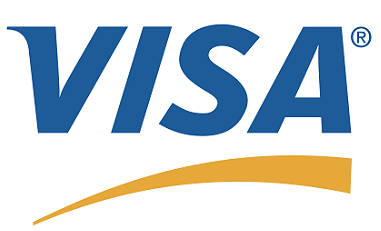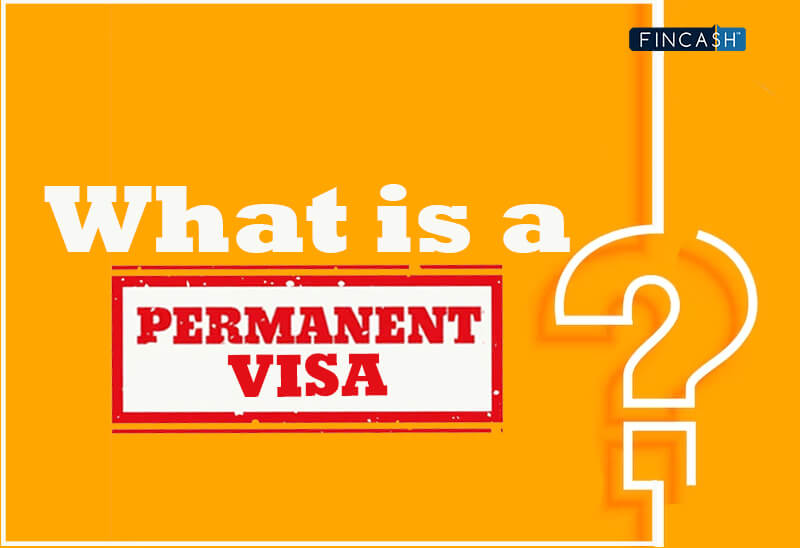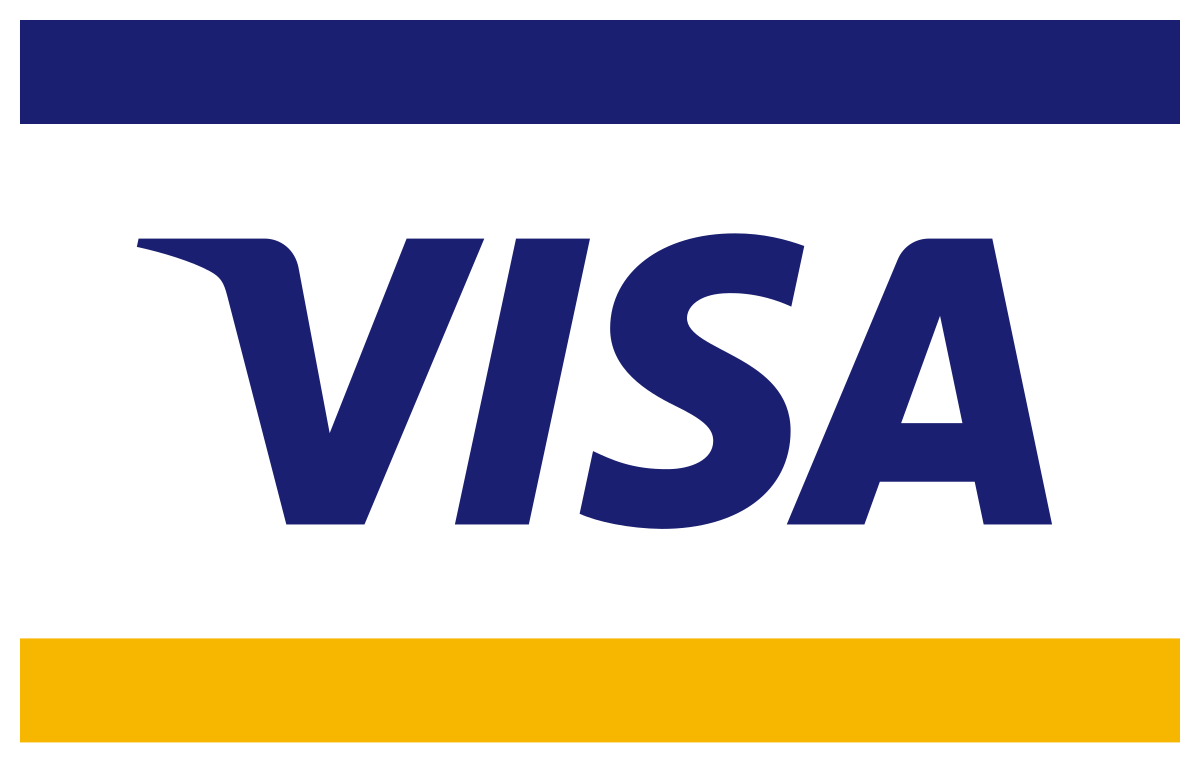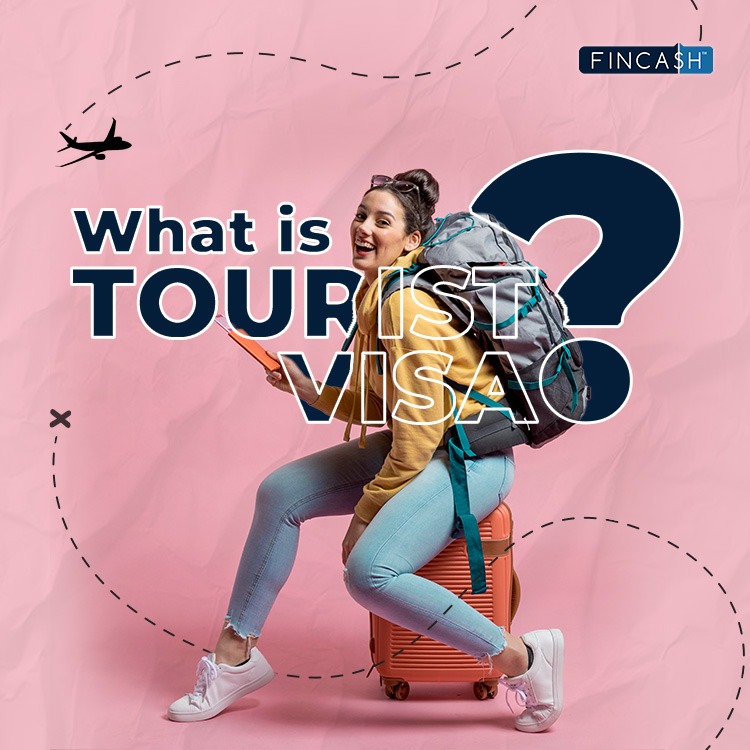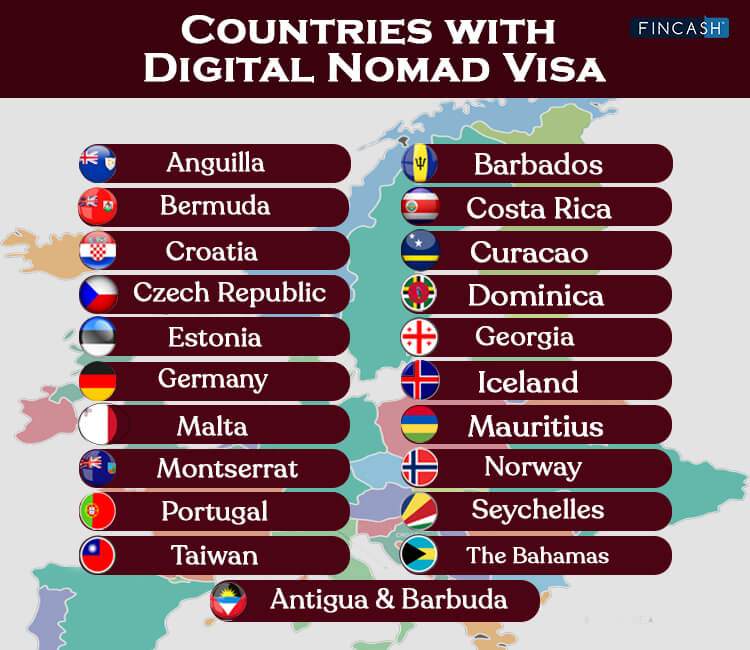
Table of Contents
- Purpose of B1 Visa
- Purpose of B2 Visa
- How Long Does it Take to Get a B1/B2 Visa?
- How Many Times can you Visit the U.S. With a B1/B2 Visa?
- B1/B2 Visa Fee Structure
- Can a U.S. Sponsor Pay for a B1/B2?
- B Visa Requirements
- Prohibited Activities under B1/B2 Visa
- Changing B1 Status to B2
- Required Documents For a Travel Visa
- B1/B2 Visa Application Process
- Conclusion
What is a B1 and B2 Visa?
The B1 and B2 visas are non-immigrant, multi-entry visas permitting holders to enter the United States for business or tourism, respectively. While B visas address various travel motives to the U.S., there are other specific non-immigrant visas, including K1 (fiancé), F1 (student), H1B, etc. designed for temporary stays in the U.S. for particular purposes.
Purpose of B1 Visa
The B1 visa is tailored for individuals travelling to the U.S. for business activities, such as attending conferences, business consultations, estate settlements, contract negotiations, or professional examinations and licensing. While it primarily caters to business endeavours, it does not authorise regular employment or extended work assignments in the U.S. However, as of March 2023, the U.S. Citizenship and Immigration Services (USCIS) declared that B1 or B2 visa holders may seek employment opportunities and participate in job interviews within the U.S.

- Business Consultations: Engaging in meetings, discussions, or negotiations with U.S.-based business counterparts
- Conferences or Seminars: Participating in professional, educational, scientific, or business events
- Estate Settlement: Addressing legal matters about inherited U.S. properties or assets
- Contract Negotiations: Signing or negotiating contracts with entities in the U.S.
- Professional Exams and Licensing: Undertaking examinations or securing licenses exclusively available in the U.S.
Purpose of B2 Visa
The B2 visa is designed without compensation for tourism, leisure travel, visiting friends or family, specific medical treatments, and participating in non-professional events or contests, such as musical or sporting activities. The B1/B2 visa is often granted as a combined permit, enabling the recipient to travel to the U.S. for business and leisure.
- Tourism: Engaging in sightseeing, cultural exploration, or general leisure
- Visits to Relatives or Friends: Reconnecting with loved ones in the U.S.
- Medical Treatments: Seeking specific medical procedures or treatments available in the U.S.
- Social Gatherings: Attending social functions like festivals, concerts, conventions, or other communal events
- Event or Contest Participation: Joining non-professional events or contests
- Short-Term Courses: Enrolling in courses with a weekly duration of fewer than 18 hours
Talk to our investment specialist
How Long Does it Take to Get a B1/B2 Visa?
The typical waiting period for a B1/B2 visa interview appointment is approximately two months. To ascertain the specific wait time for your designated embassy or consulate, utilise the State Department's tool and input your city under the “Appointment Wait Time” section. It's essential to know that if you're applying from a country other than your native one, the waiting period might extend.
How Many Times can you Visit the U.S. With a B1/B2 Visa?
The B1/B2 visa is multi-entry, allowing holders to enter the U.S. multiple times. While there isn't a predefined limit to the number of visits within a year, entry is contingent upon the judgment and discretion of the Customs and Border Protection (CBP) officers during each arrival. The B1/B2 visa is designed for brief, intermittent visits for business, tourism, or medical purposes rather than for extended residence or prolonged stays in the U.S. Continuous or extended visits can raise concerns among CBP officers about potential visa misuse.
If they believe you're attempting to reside in the U.S. or lack substantial ties to your homeland, it might lead to entry denial or complications with future visa applications. It's imperative to adhere to the intended use and constraints of the B1/B2 visa. For personalised advice, consider seeking guidance from an immigration specialist.
B1/B2 Visa Fee Structure
The official processing fee for a B visa set by the government is approximately INR 13,500 ($185). This amount does not encompass the expenses of collating necessary documents, evidence and obtaining passport photographs.
Can a U.S. Sponsor Pay for a B1/B2?
A U.S. sponsor is indeed eligible to bear the expenses of an individual applying for a B1/B2 visa. To do so, the sponsor must demonstrate their financial capability to support the visitor throughout their U.S. stay. This is done by submitting Form I-134, the “Declaration of Support.”
When to Submit Form I-134
It's advisable for the sponsor to file Form I-134 early in the visa application process, ensuring all mandatory documents are duly prepared.
Required Information for Form I-134
- Personal details of the sponsor
- Verification of U.S. citizenship or permanent resident status
- Details about the visa applicant
- Financial and employment data of the sponsor
- Information about the sponsor's dependents and marital status
- A signed commitment from the sponsor, vouching for their support towards the beneficiary
Verification of Financial Standing
The sponsor must present copies of documentation that validate their Financial Assets. This may include Bank statements, Tax Return documents, and letters confirming employment.
Document Translations
All submitted documents should be in English or accompanied by a comprehensive English translation. So, go through the b1/b2 visa documents checklist before submitting the visa.
Evaluation Process
Following the visa application's submission, USCIS will evaluate the data provided by the sponsor alongside the visa application. If more evidence or clarity is required, USCIS may contact the applicant. Upon thorough review of Form I-134 and its acceptance by USCIS, the B1/B2 visa will be granted to the applicant.
Important Considerations for Sponsorship
- The sponsor should either be a U.S. citizen or a lawful permanent resident
- Verifiable proof of the sponsor's Income, assets, and liabilities is essential
- The sponsor should be prepared to financially back the applicant during their U.S. visit
- If required, the sponsor should be able to travel within the U.S. to meet the applicant
- If you encounter uncertainties or seek tailored guidance, engaging an immigration specialist is advisable
B Visa Requirements
The B1/B2 visa is designed for various short-term visits to the U.S., encompassing both business and non-business activities. When applying for this visa category, it's imperative to demonstrate:
- Your visit to the U.S. will be temporary
- Intent to return to your home country post-visit
- Maintenance of a residence outside the U.S., indicating no intention of permanent relocation
Prohibited Activities under B1/B2 Visa
It's essential to note that this visa category doesn't permit:
- Engaging in extensive studies
- Long-term employment by a U.S. entity
- Earning from performances or professional displays before a paid audience
- Serving as a crew member on aircraft or ships
- Employment in foreign press, radio, print journalism, or similar media roles
- Establishing permanent residency in the U.S
Changing B1 Status to B2
Changing your status from a B-1 (business visitor) to a B-2 (tourist visitor) visa while you're in the United States can be possible in certain circumstances, but it's subject to specific conditions and approval by the U.S. Citizenship and Immigration Services (USCIS). Here are a few things to consider:
Eligibility
To change your status, you must be eligible for a B-2 visa. This means you should have a valid reason for being in the U.S. as a tourist, such as for leisure, tourism, or visiting family and friends. The USCIS will assess your eligibility based on your intent and circumstances.
Timing
It's generally easier to change your status before your B-1 visa expires. Applying for a change of status close to the expiration date may increase the likelihood of approval.
Reason for Change
You will need to provide a valid reason for wanting to change your status. This could be because you initially entered the U.S. for business purposes but now want to engage in tourist activities.
Application Process
To change your status, you need to file Form I-539, Application to Extend/Change Nonimmigrant Status, with the USCIS. This form should be completed with the appropriate information and documentation, including a letter explaining why you want to change your status.
Dependents
If you have dependents (spouse and children) with B-2 status, they can also apply to change their status along with you.
USCIS Decision
The USCIS will review your application and make a decision. If approved, you will receive a new I-94 record indicating your B-2 status. If your application is denied, you may be required to leave the U.S. promptly or face potential consequences for overstaying your B-1 status.
Consult an Immigration Attorney
It's advisable to consult with an immigration attorney before attempting to change your status. They can provide guidance, help you prepare a strong application, and ensure you are meeting all the requirements.
Changing your visa status from B-1 to B-2 is possible, but it's not guaranteed, and the decision ultimately rests with the USCIS. It's important to be honest in your application and provide compelling reasons for the change.
Required Documents For a Travel Visa
To apply for a B1/B2 visa, applicants should provide the following documents:
- A passport with a validity extending at least six months beyond the intended return date.
- A recent digital photograph adhering to the specified governmental standards.
- Details of the last five visits to the United States, if any.
- Evidence of financial capacity to cater to all trip-related expenses, encompassing travel, lodging, and daily expenditures.
- Documents establishing significant connections to the applicant's home country, which may include employment proof, property ownership, or family ties.
B1/B2 Visa Application Process
Your country’s U.S. Embassy or Consulate handles the B1/B2 visa application. An interview is a requisite part of the application process. While scheduling this interview at an embassy or consulate in a third country is possible, might extend your waiting time for a B1/B2 visa appointment. Here are the steps for securing a B Visa:
- Initiate by filling out the Online Non-Immigrant Application, Form DS-160. After submitting it online, print the confirmation page, which will be required during your interview.
- Upload an appropriate digital photograph.
- Schedule and attend the visa interview.
- Digital fingerprint scans will be taken without ink during the application procedure, typically during the interview.
- Post-interview, the consular officer might require additional documents or supplementary information to make a conclusive decision on your application.
Conclusion
The B1/B2 visa is a non-immigrant U.S. visa designed for short-term visits, either for business (B1) or tourism and related purposes (B2). Applicants must demonstrate their intent to return to their home country after their visit and adhere to visa stipulations. It's crucial to understand the specific B1 B2 Visa Requirements and processes involved in securing this visa, ensuring a smooth application and compliance during one's B1/B2 visa length of stay in the U.S.
All efforts have been made to ensure the information provided here is accurate. However, no guarantees are made regarding correctness of data. Please verify with scheme information document before making any investment.
You Might Also Like
